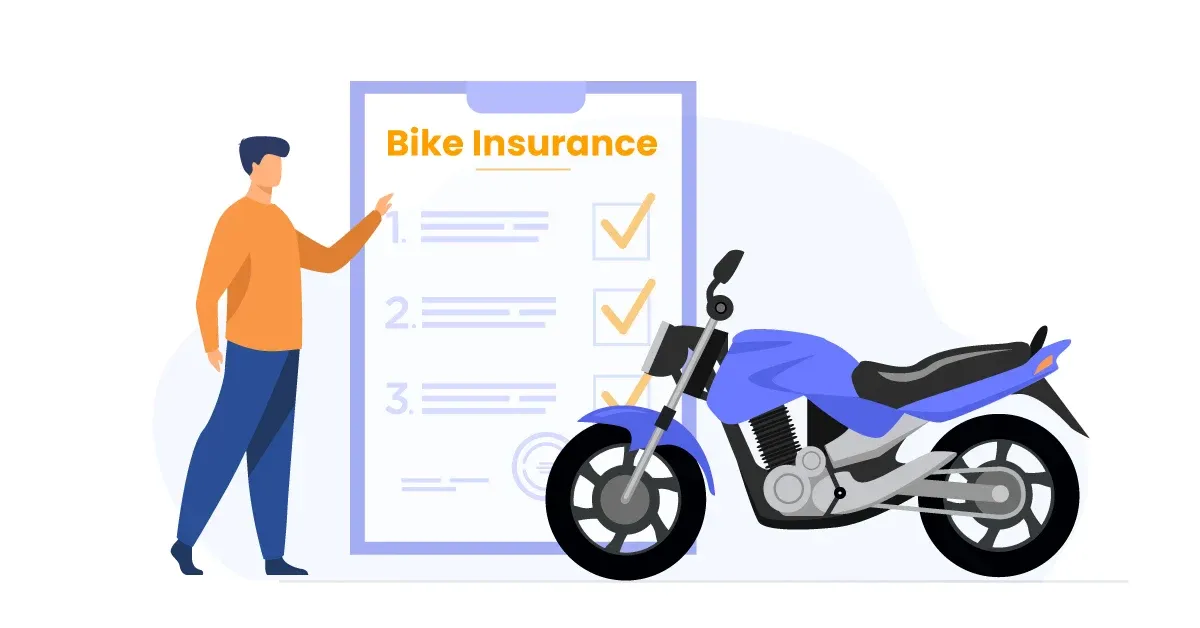Introduction:
Picture this: the wind in your hair, the open road ahead, and the thrill of freedom as you cruise on your beloved bike. Whether you’re a seasoned rider or just starting out, one thing remains constant – the need for protection. Just like wearing a helmet, having bike insurance is essential for safeguarding yourself, your bike, and others on the road. In this guide, we’ll delve into the world of bike insurance, exploring its importance, types, and key considerations to ensure you ride with peace of mind.
Why Bike Insurance Matters:
Bike insurance isn’t just another financial burden; it’s your safety net on the road. Accidents happen, whether due to human error, adverse weather conditions, or unforeseen circumstances. Without insurance, you could be left facing hefty repair bills or even legal liabilities. By investing in bike insurance, you’re not only protecting your finances but also ensuring that you can get back on the road swiftly after an unfortunate incident.
Types of Bike Insurance:
- Third-Party Insurance:
This is the minimum legal requirement in most countries. Third-party insurance covers damages or injuries caused to third parties, including pedestrians and other vehicles, in accidents where you’re at fault. It doesn’t cover damages to your own bike, so it’s often considered basic coverage. - Comprehensive Insurance:
As the name suggests, comprehensive insurance offers broader coverage. It includes protection against theft, vandalism, natural disasters, and accidental damage to your bike, in addition to third-party coverage. While it may come with a higher premium, it provides greater peace of mind, especially if you own an expensive or cherished bike.
Key Considerations:
- Coverage Limits:
Before purchasing bike insurance, carefully review the coverage limits. Ensure they align with your needs and the value of your bike. Inadequate coverage may leave you underinsured in the event of a claim, while excessive coverage could mean unnecessary premiums. - Deductibles:
Deductibles are the amount you agree to pay out of pocket before your insurance coverage kicks in. Opting for a higher deductible can lower your premiums but may require you to pay more in the event of a claim. Consider your financial situation and risk tolerance when choosing a deductible. - Additional Coverage Options:
Depending on your needs, you may want to consider additional coverage options such as roadside assistance, personal injury protection, or accessories coverage. These add-ons can provide extra protection and convenience but may increase your premiums. - Compare Quotes:
Don’t settle for the first insurance quote you receive. Shop around and compare quotes from multiple insurers to ensure you’re getting the best coverage at a competitive price. Look beyond the premium amount and consider factors like customer service, claims process, and reputation.
Conclusion:
Bike insurance is more than just a legal requirement – it’s your ticket to peace of mind on the open road. Whether you opt for basic third-party coverage or comprehensive protection, investing in bike insurance is a prudent decision that can save you from financial turmoil and stress in the event of an accident or theft. By understanding the types of coverage available and considering key factors like coverage limits, deductibles, and additional options, you can navigate the road with confidence, knowing that you’re protected every mile of the way.
